In Texas, Forage Is Feed And Fuel
After Texas’ largest wildfire in 2024, experts and ranchers weigh in on the future of firefighting and ranching in the state.
What’s feed today is fuel tomorrow. That’s how Mike Turner thinks about his grazing pastures along the 7-mile stretch of highway that lines his ranch in the Panhandle of Texas. During fire season, a vehicle dragging a chain on the road could throw a spark into his standing grass and become ground zero for a wildfire.
In Texas, especially in the Panhandle, ranching and wildfires must coexist. For thousands of years — as long as large herbivores have grazed in what are now the Southern Plains — wildfires have regulated the ecosystem and maintained the shortgrass prairies where so many ranchers make their living.
It’s a fact ranches and community leaders grapple with: wildfire presents both opportunity for the landscape to thrive and danger to the growing number of lives and homes within the state.
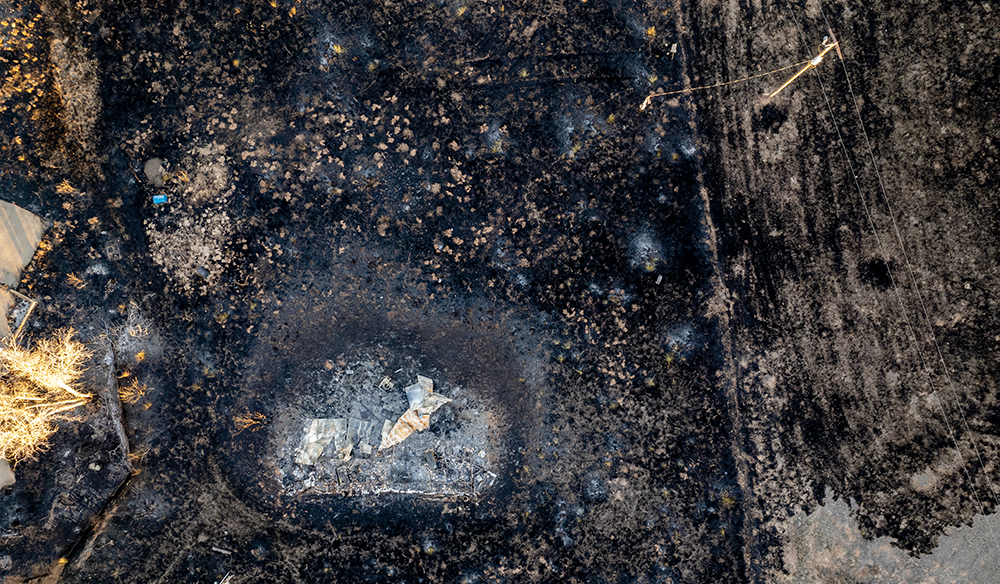
UNDERSTANDING TEXAS’ LARGEST WILDFIRE
A spark from a power line, not a vehicle, was determined as the cause of the spring 2024 Texas Panhandle Wildfires. The fires damaged more than 1 million acres, making it the largest wildfire in Texas history. But the start of the fire is only one part of the story. Luke Kanclerz, head of the predictive services department at Texas A&M Forest Service, says the recent Texas Panhandle Fire was truly caused by a wet spring the year before.
“Copious amounts of rainfall in late May and early June of 2023, during the early part of the growing season resulted in a very robust grass crop and that Canadian River drainage,” explains Kanclerz. The area is mostly grazing lands, but he speculates the cows just couldn’t keep up with the surplus of forage available to them. As his team evaluated the risk of fire, the concern for an early spring wildfire was dampened by a wet winter.
However, after all of that rain and snow, the weather — and Kanclerz’s outlook on the fire season — shifted. An abnormally warm and dry spell left pastures well-stocked with dormant forages.
“When you have this much grass on the landscape, it requires less drying and fire weather to produce increased fire activity,” he says.
In other words, those dormant forages became fuel.
The topography of the area played a part in the fire’s ability to move quickly, as well. The Canadian River drainage basin, where the fires took place, runs east to west, perfectly in tune with the westerly wind blowing on those late February days. The wind pushed the fires east, across the drainage, faster than predicted. All these factors created a favorable fire environment, which Kanclerz and his team predicted then. But what they couldn’t have predicted was the magnitude of the fires due to changing weather patterns.
“This one went against the climatological brain with this fire being during an El Niño year,” Kanclerz says of the Smokehouse Creek fire. “But it just goes to show that you know the impacts of fuel; the setup for this fire began almost a year ago.”
That’s his biggest takeaway from this fire. He and his team are studying the Smokehouse Creek and the Windy Deuce fires to improve their ability to predict fire patterns in the future. The valuable lesson here for him is that weather is an indicator of fire environment, but so is fuel load.
What constitutes fuel for fires should be on the mind of every rancher, and their town-dwelling neighbors. The Panhandle Wildfire was so devastating not only because of losses ranchers experienced but also how it affected the towns and cities rapidly expanding throughout the Panhandle.
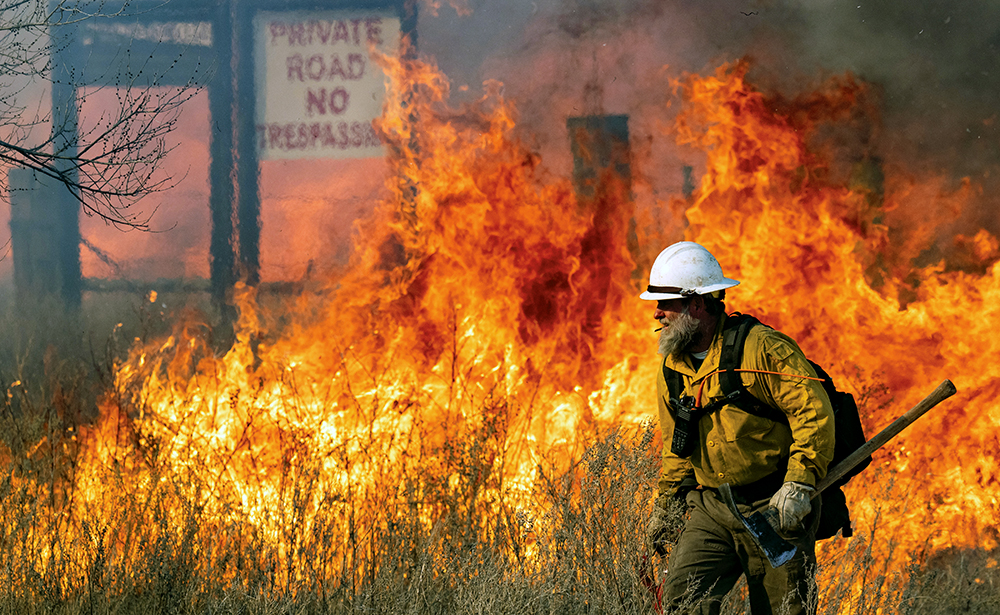
A GROWING CHALLENGE FOR FIREFIGHTERS
The growing population in rural Texas communities is at the forefront of Jake Donellan’s mind when he thinks about the future of wildfires in Texas. Donellan is the head of the field operations department of the Forest Service.
Balancing the ecosystem’s need for fire with the risk to local communities and ranchers is a big job. Enough for the Texas A&M Forest Service to staff 315 firefighters in the state. Donellan oversees the team of firefighters; he’s also spent plenty of fire seasons fighting fires across the state. During his 24-year tenure with the state agency, he’s watched the landscape change, communities expand and knowledge about fire safety stagnate.
In 2011, Donellan helped Walker County write the first community wildfire protection plan in Texas.
“The county got together with all the folks who may be called out or affected by a wildfire and started to develop a plan of action,” he explains of community wildfire protection plans. “It becomes a road map for community best practices and makes sure everyone’s on the same page in advance and not scrambling at the moment of the emergency to try and work out those details.”
Helping communities plan their response to wildfires is essential, and more communities have plans in place today than ever before. But the biggest fire threat facing Texans is other Texans. The population of Texas is rapidly expanding. Between July 2022 and July 2023, the United States gained 1.6 million people — and 30% of them were Texans. And it’s a decade-long trend that is at odds with firefighting.
“Often, new people come and they’re unfamiliar with the fire in the environment,” laments Donellan. “They’re unfamiliar with how most fires, 90%, are human-caused. And so, they actually contribute to those fire starts.”
Population growth also feeds urban sprawl. Large swaths of grasslands are replaced by smaller parcels, ranchettes and suburban style neighborhoods.
“When it’s out in the grass and the plains, it’s pretty easy in terms of your risk management and getting [firefighters] in and around there. But as you introduce more and more people into the landscape, you have to navigate in and around homes, and help protect them as well.”
Suppression, rather than management, of wildfires is the path ahead for the Forest Service, despite the benefit fire has on the ecology and productivity of grazing lands.
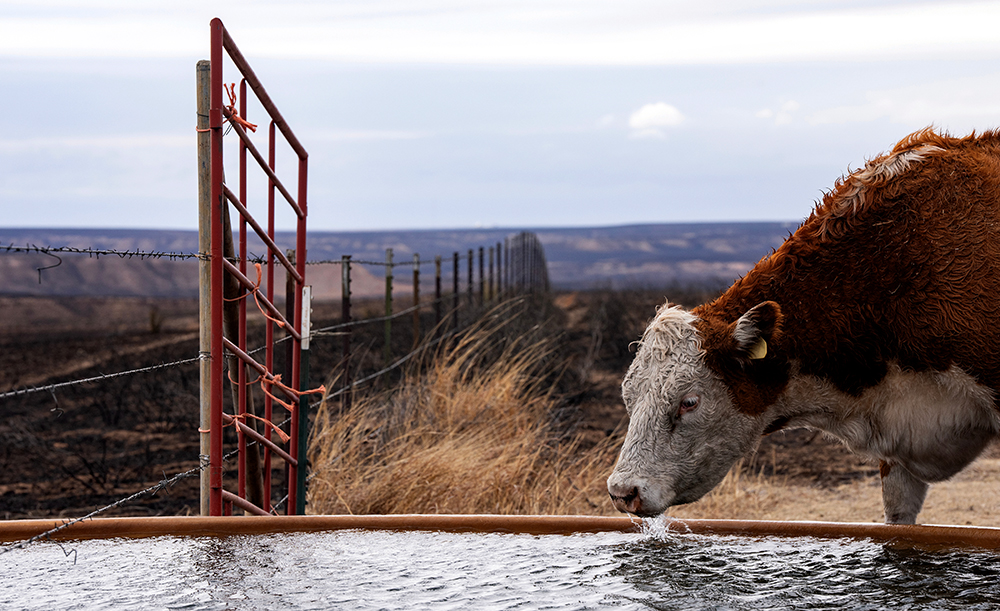
FINDING A SILVER LINING
For woodland ecologist Karl Flocke, the intersection between fire and ecology is his specialty. He’s the program leader for water resources at the Texas A&M Forest Service. He’s keenly aware of how important wildfires are to the sprawling Texas landscape, and to cattle grazers.
“Fire removes a lot of that standing vegetation, gives room for new grasses to grow up. Those new grasses and plants are often a lot more palatable, a lot more enjoyable actually for grazing animals,” Flocke explains. “In the absence of fire, we see a lot more of that woody vegetation come up, and from a grazing perspective, that’s not desirable, because we want to maximize our rangeland, our grasslands, and so fire is a little bit of a silver lining.”
Mike Turner has seen this play out on his ranch, too. It’s a scenario that’s contributed to his post-fire grazing strategy.
Last October 2023, after a day of loading cattle onto trucks for a move to a different ranch, Turner looked up to see a plume of smoke rise into the sky. His ranch was on fire.
A Class 2 prescribed burn planner, he jumped into action. Less than seven hours later, the fire was out, but the damage had been done. Turner lost a 20-acre section of his grazing land, during a drought. He practiced regenerative grazing for years, but still didn’t know how the soil would rebound.
“I didn’t put a hoof on that for nearly 14 months,” Turner says of the aftermath of the fire. Eight months after the fire, he started to see green return to the pasture. Then, he had a decision to make: graze that pasture or continue letting it rest.
“Cattle will always go back to an area that has been recently burned because the regrowth is going to be more palatable, younger and tender,” he says. “And you can actually do a lot of damage to that area if you let cattle in there too early.”
Three years later, he knows the long resting period was the right decision.
“In 2023, I had upwards of 2,100, maybe 2,200 pounds to the acre, which was good. That’s the kind of stuff that you want to see come back after a fire,” Turner says of the previously scorched pasture, which carried nearly twice the forage load of other, neighboring fields. The fire also eliminated the encroaching yucca and other woody species in his pasture, saving him some labor and equipment costs.
Turner knows he was lucky this time, such a small piece of his ranch burned. So many ranchers impacted by the Panhandle Wildfires don’t have green pastures to hold cattle on until the burned ones heal. Many ranchers lost livestock or suffered high rates of injuries. Others will have to sell their remaining cattle. A few may be forced to sell the ranch altogether.
Despite the bleak outlook for many, Turner is hopeful. He knows ranching and wildfires are inseparable in the Texas Panhandle. His neighbors understand that too.
“Ranchers are very resilient, and that’s one thing. And we have short-term memories too, because we always forget about the hard aspect, which, maybe that’s a fail-safe for us,” he quips. “I’ve had the privilege of working with a lot of these producers that have been born and raised [in the Panhandle], and yeah, just say they were cut from a different piece of cloth. They’re just tough, I mean really tough. And I’m proud to be associated with them.”
Photos by Sam Craft/Texas A&M AgriLife
Comment
Leave a Reply
1 comment on: "In Texas, Forage Is Feed And Fuel""
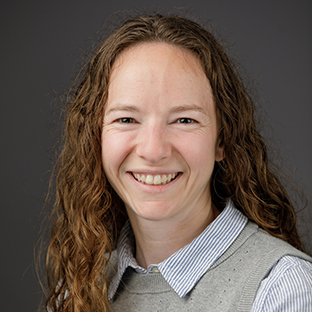
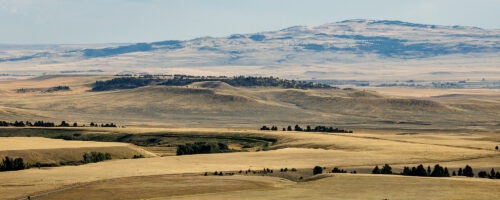
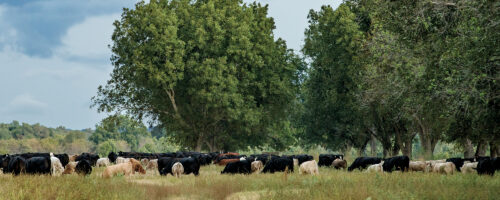
Antoine Girona
August 24, 2024I would like to thank you for the quality of your article. Precise, well written and interesting.